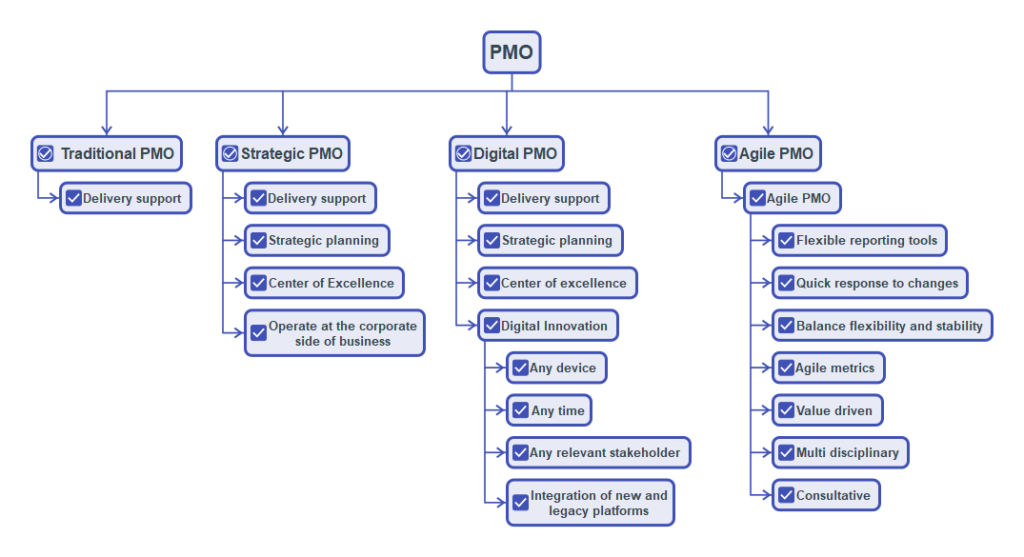World over the way people work have changed. Organizations are forced to re-think their business strategies to survive first and then to grow in a new world order characterized by;
- Organizations sparing no opportunity to maintain / improve bottom lines
- Organizations trying to go-global looking for new markets for existing products and services
- Organizations rapidly innovating new products and services for their current markets and beyond
- Organizations leveraging the gig economy
In a nutshell, everything in the corporate environment have become dynamically agile, where business owners are trying their best to maximize return on their investments. As a timely coincidence, leading organizations like the Project Management Institute (PMI) started their initiatives long back to converge the Predictive and Agile Project Management best practices, as if they could foresee the forthcoming new world order well in advance. All these have major impact on how we collaborate and work on projects. The concept of permanent employment have already become a matter of the past, as organizations are actively seeking flexibility in resourcing to optimize costs.

People with proven skill sets and the ability to learn fast with good work ethics will be sought after. Professionals with the ability to deliver value at the right time, with almost zero supervision, working remotely will be in demand globally. The geographical constraints of employment will become almost zero for the right people who can proactively identify the new opportunities and gear up. In this new world order, our professional profiles matters a lot to market ourselves. You are a brand, and that brand has to be continuously nourished to be in demand. This is the right time to equip yourself with new in demand skills supported by globally acknowledged credentials. Project Management 2021, is all about highly skilled, motivated individuals, working on their projects of choice as self organizing teams, demonstrating high degree of work ethics.
Get ready and embrace the Change !

